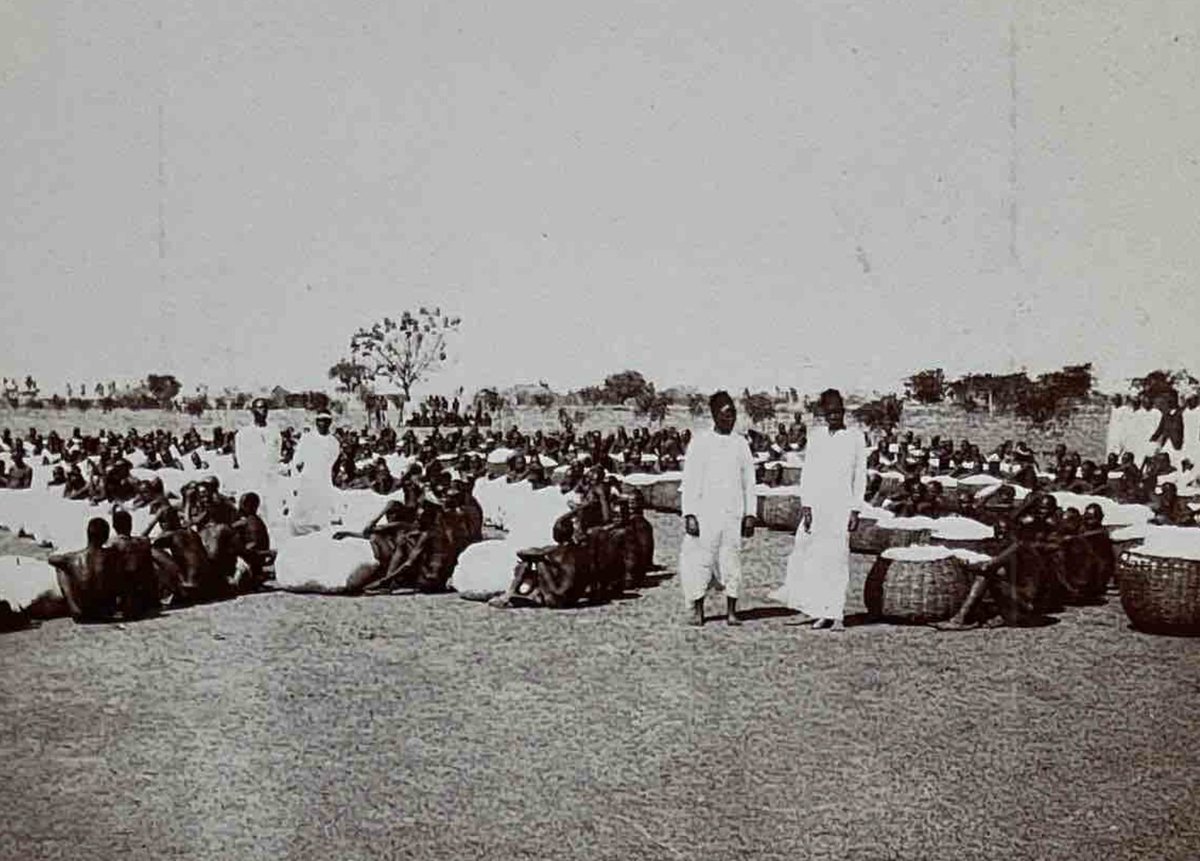Buganda did not declare its Independence on 9 October 1962. It did so on 1 January 1961—and it nearly tore the kingdom apart. It was a decision that provoked outcry throughout the kingdom, and for some in the Lukiiko. I have provided a copy of the 1961 Agreement below. 1/ 

The new Agreement provoked immediate outcry throughout the kingdom, resulting in hundreds of petitions for the Lukiiko to resign. The petitions were recirculated by @DPSecretariat1 and in the Luganda press. They also began to resurface in Argus. 2/
Godfrey Binaisa and Luyimbazi Zake were among the most vocal critics of the declaration. In one letter to Katikkiro Kintu, they stated: 'We have had ample opportunity to make a careful study of the issues that made the Lukiiko decide upon secession. [...].' The two 'were 3/ 







absolutely convinced that such a move would not be in the best interests of @BugandaOfficial or the Buganda throne.' I was fortunate enough to sit under the teaching and guidance of Omulamuzi A.D. Lubowa (before he passed, RIP). He was more of a mentor than anything. 4/ 







When we talked about secession, he argued there were 2 schools of thought circulating in the Lukiiko at the time (boundaries were constantly changing). School 1: Bug. made its 1900 Agreement w/ Britain, not UG. Bug. had no legal/moral obligation to do anything with UG. 5/
2. Of course we know that secession will not succeed. But in pushing it forward, we will be able to negotiate a Federal status in UG from a position of strength. It was this second approach that was ultimately supported. And it is why that Buganda stopped insisting 6/ 







on Independence from Uganda by September 1961, when the first of the Constitutional conferences convened. Here, in the following posts, we see the Buganda Agreement of 1961. 7/ 





PS. Thank you @JMwesigwa_S, as ever, for your initial reflections that inspired me to think about #BugandaIndependence /22
• • •
Missing some Tweet in this thread? You can try to
force a refresh






























